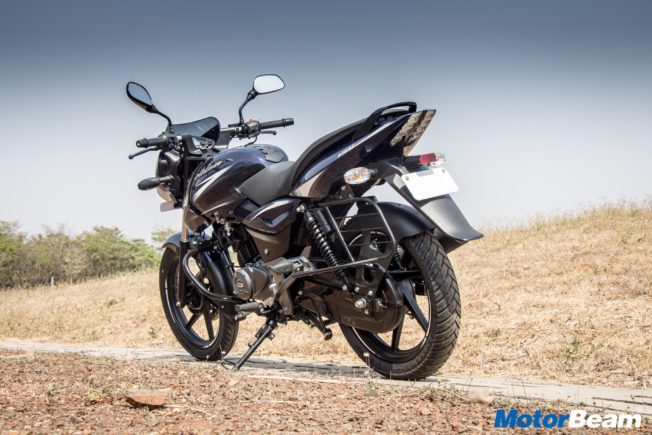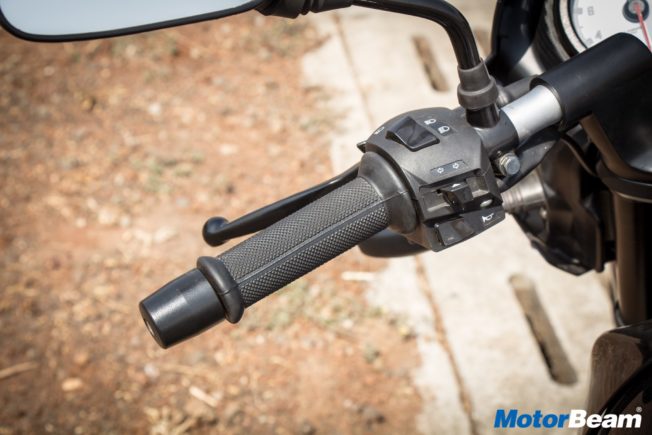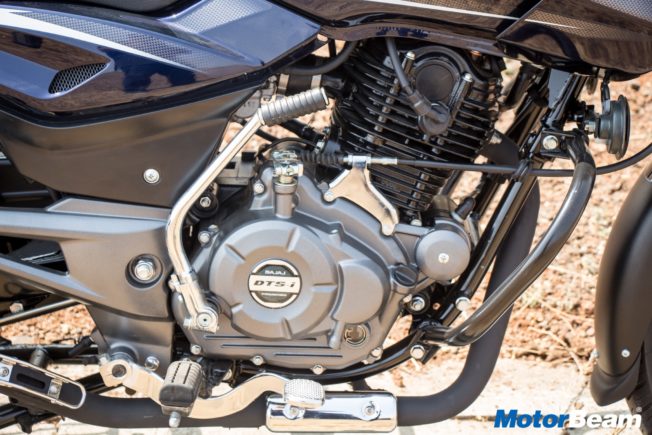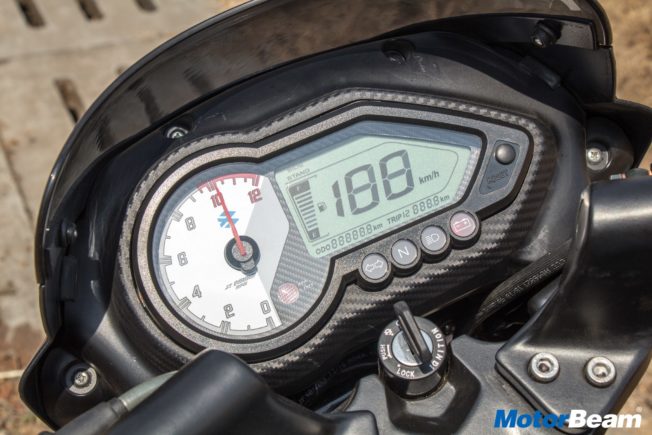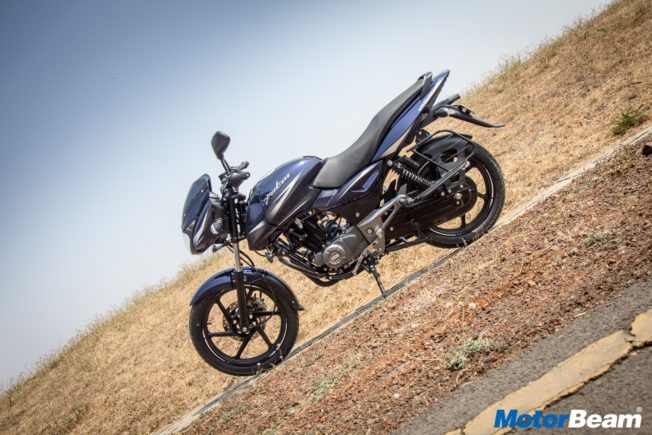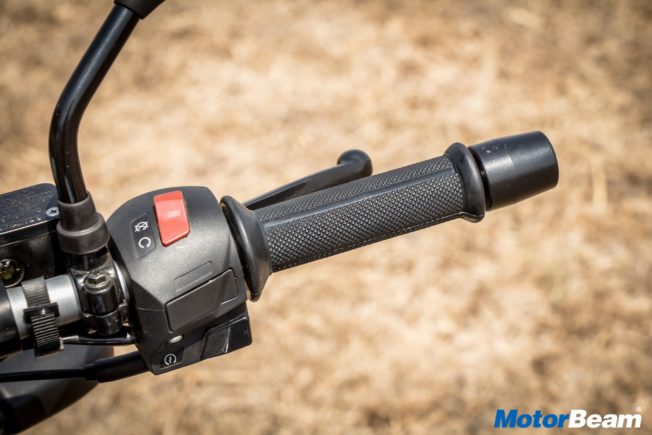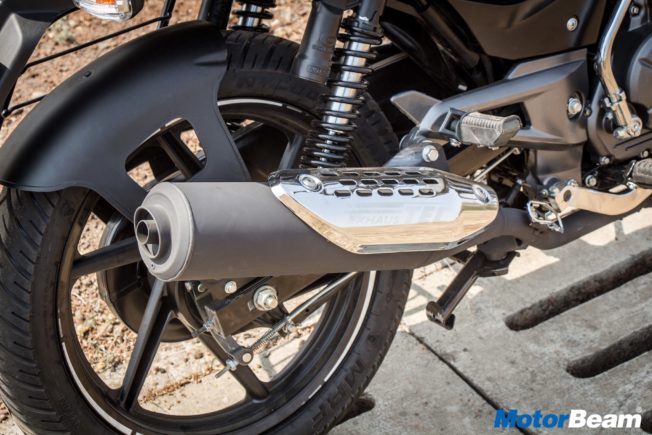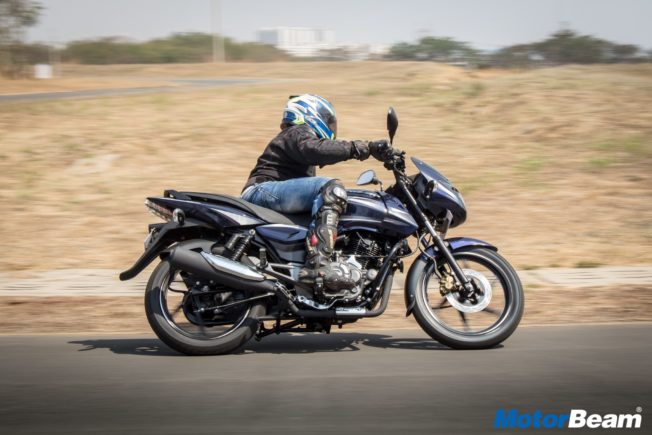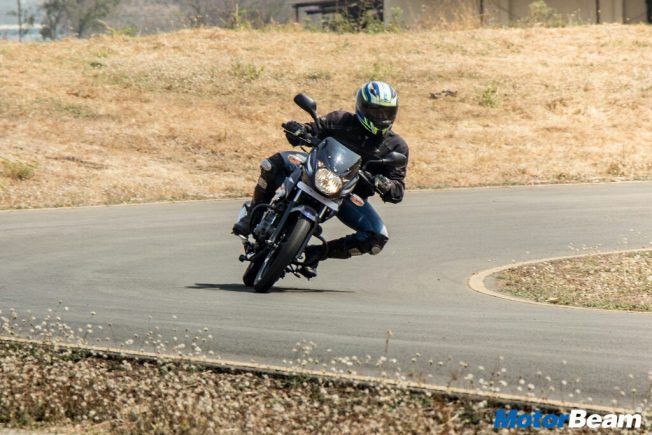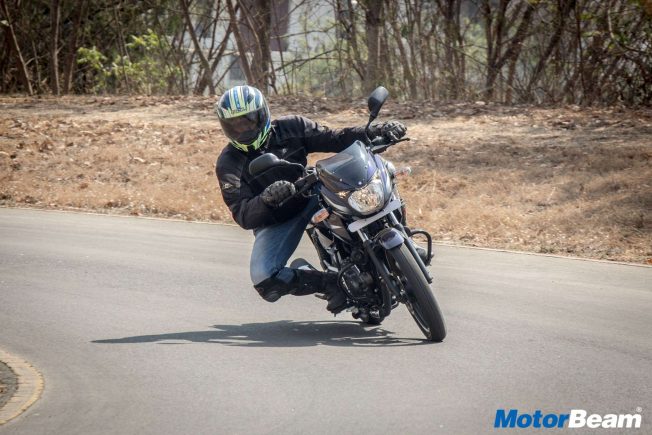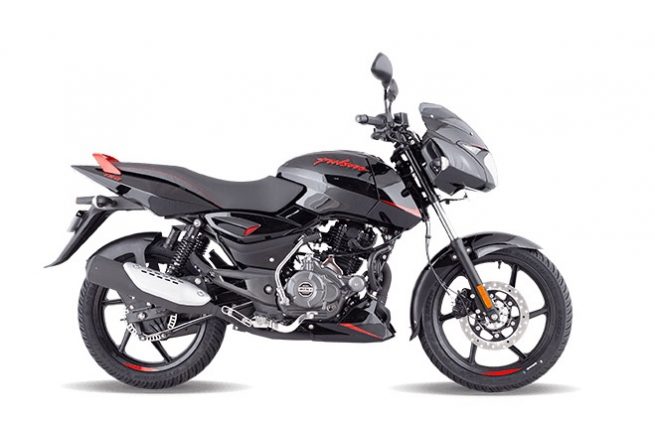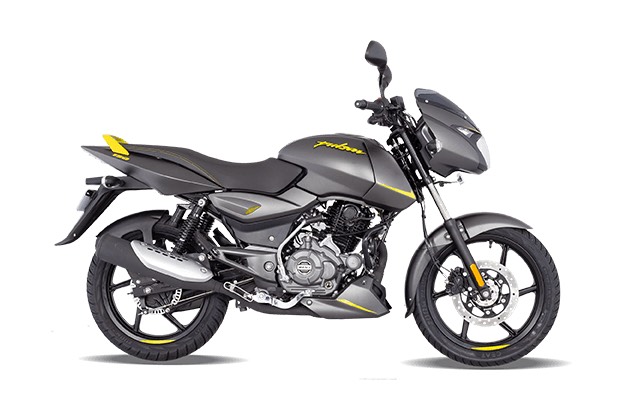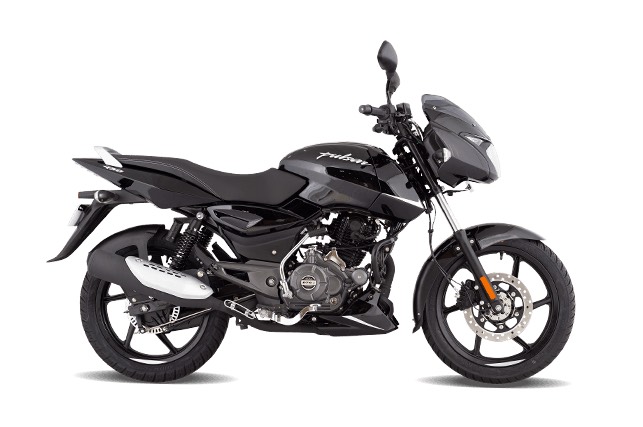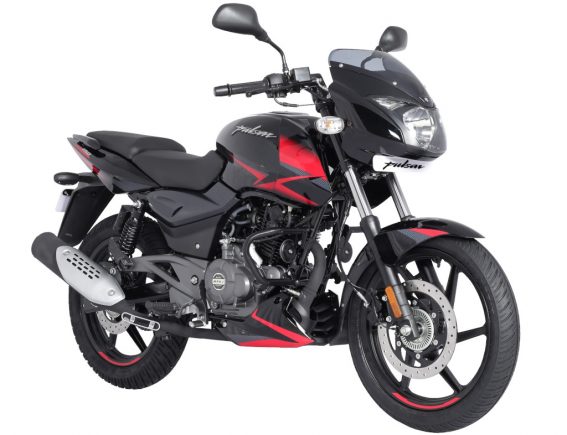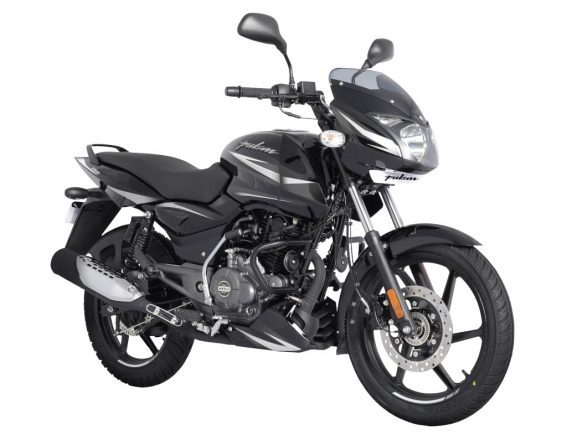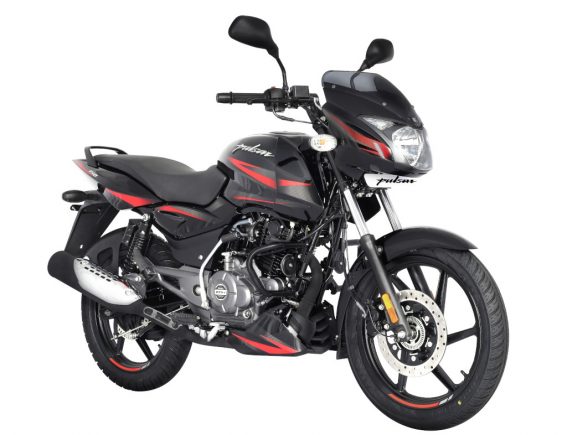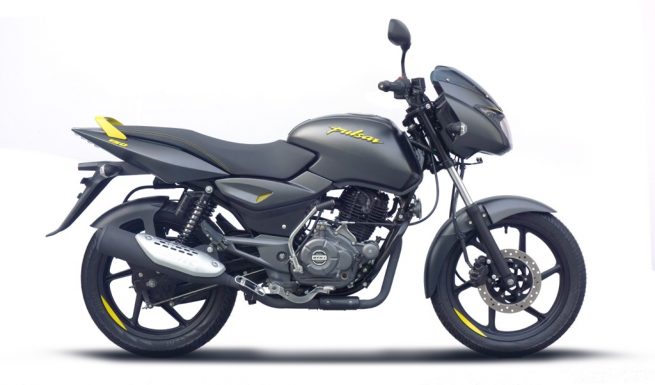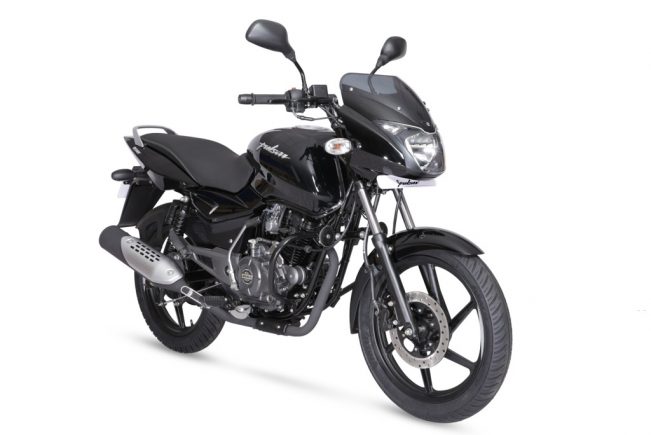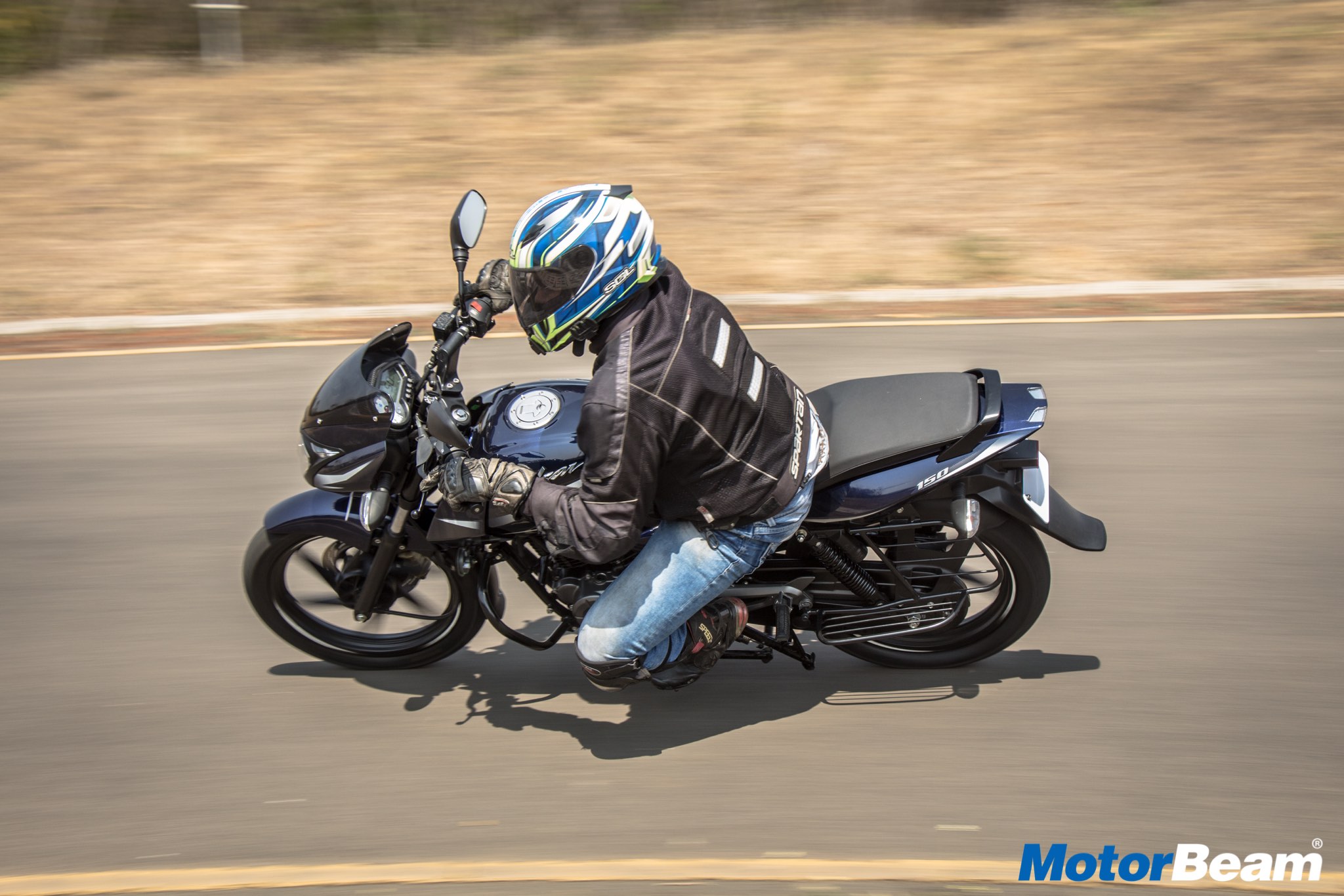
First launched in the year 2001, the Bajaj Pulsar 150 was a sight for sore eyes in the Indian market for customers interested in affordable performance motorcycles. The muscular styling, attractive colour options, and sheer power the Pulsar 150 offered at the time were unparalleled. These few factors and the widespread fan-fare surrounding the Pulsar 150 quickly made it one of the top-selling Indian motorcycles over the years.
Fast forward close to two decades later and the Pulsar 150 is still as large as ever with its loyal customer fan-base! What makes this machine ever so relevant? Why is it one of the most reliable names in the 2-wheeler market? What made the Pulsar 150 a common household name? Find out all about the above and much more in this detailed research analysis on everybody’s favourite motorcycle, the Bajaj Pulsar 150.
Pros – Refined Motor, Rider-Friendly Ergonomics, Impressive Fuel-Efficiency, Strong Mid-Range, Comfortable And Reliable
Cons – Lacks Top-End Performance, Commuter Riding Dynamics, Dated Styling
Bajaj Pulsar 150 Variants
The Pulsar 150 is available in three variants, each variant differs from the other in a few subtle aspects. The variants are:
- Bajaj Pulsar 150 Neon
- Bajaj Pulsar 150 Single-Disc
- Bajaj Pulsar 150 Twin-Disc
Bajaj Pulsar 150 Design
The ideal design of the Pulsar 150 has more or less remained the same over its many years in the market. The iconic halogen headlight is paired with a mini visor that completes the much-adored look. The fuel tank is accompanied by plastic shrouds on either side that amplify the aesthetic appeal; the rear end complements the design with a vertically split LED tailpiece that is similar to what you see on most Bajaj performance motorcycles. The side-mounted exhaust with its chrome-finish heat/crash shield along with the blacked-out 6-spoke alloys looks fairly intimidating against the backdrop of the black-themed lower half of the motorcycle.
Between the Twin-Disc variant and the Single-Disc variant, the styling cues are extremely similar but not completely the same, what are the differences between the two? The graphics on the tank shrouds of the Twin-Disc are slightly enhanced and it also gets a graphic on the front-wheel fender, the pillion grab-rail is completely different and chromed in comparison to the basic black grab-rail of the Single-Disc. However, the latter is adorned with a striking headlamp graphic and a rear side-panel sticker which the Twin-Disc misses out on for some reason.
The Neon variant, however, misses out on all the body graphics offered with the other two variants. In place, it gets minimalistic line-type graphics on the tank shrouds, side panels, and the rear. Is this where you’ll have to compromise considering the fact that the Neon variant is close to Rs. 7000/- cheaper than the regular Single-Disc variant? We’ll let you decide!
The Pulsar 150 Twin-Disc variant misses out on the kick-start feature otherwise available on the other two variants
Bajaj Pulsar 150 Features
The Bajaj Pulsar 150 gets a semi-digital instrument cluster. Meaning the odometer and the speedometer are fully digital wherein the tachometer is completely analogue. The backlit switches prove to be practical and also look quite cool. On the mechanical side, this motorcycle boasts a 5-speed manual gearbox equipped with fuel injection. It’s also paired with single-channel ABS that will come in handy in certain circumstances.
Bajaj Pulsar 150 Engine Performance
The Bajaj Pulsar 150 has been lauded for its excellence in this aspect since times immemorial. The heart of the matter is the engine. All the Pulsar 150 variants are equipped with the same 149.5cc, single-cylinder, 5-speed gearbox, air-cooled, fuel-injected DTS-i engine producing 13.79 BHP at 8000 RPM and 13.4 Nm of torque at 6000 RPM. The refinement of the engine has been taken to new heights as a result of incorporating fuel injection over the previous carburettor systems. This has helped Bajaj guide the Pulsar 150 into the BS6 bracket with cleaner emissions, better fuel efficiency, and a cleaner-revving engine.
What does the Pulsar 150 have to offer to make it so desirable? In city conditions, this motorcycle is as practical as it gets. The mid-range of the Pulsar 150, paired with the slick-shifting gearbox and the light clutch leaves little to be desired in terms of performance. On the highway, unfortunately, it’s not the same case. The Pulsar 150 lacks the top-end push and tends to vibrate immensely at higher RPMs. The top speed is recorded at 110 km/h which is satisfactory. The Pulsar 150 is tuned to provide a no-nonsense level of practicality rather than outright frantic performance. This is evident in the linear-type power delivery and smoothness of the engine.
Bajaj Pulsar 150 Mileage (or Fuel Efficiency)
The Pulsar 150 has retained consistent fuel-efficiency figures over the years through various updates and emission norms. The BS6 offering gives 45-50 km/l under economic riding conditions in the city. On the highway, one can expect close to 50-55 km/l further aiding the popularity of Pulsar 150 in the 150cc performance motorcycles segment. The 15-litre fuel tank is capable of offering a total riding range of up to 700-800kms on one full tank of petrol.
Bajaj Pulsar 150 Handling (or Dynamics)
The Pulsar 150 is a nimble motorcycle that takes on its handling duties with great ease. What makes this motorcycle so great at handling? The Neon variant along with the Single-Disc variant gets 31 mm front telescopic suspension accompanied by the rear 5-way adjustable, twin ‘nitrox’ shock absorber. Meanwhile, the Twin-Disc variant is equipped with a 37 mm front telescopic suspension while the rear suspension set-up remains the same. All three variants provide for comfortable, pain-free, and effortless riding but the Twin-Disc variant holds the advantage owing to the larger front suspension. The motorcycle sits atop a double-cradle frame that distributes the weight of 150 kg splendidly along the length of the Pulsar 150.
What comes as an advantage may also prove otherwise in terms of the cornering capabilities of the motorcycle, granted; it’s not meant to be pushed hard in corners with the knee down, but, the Pulsar 150 lacks the stability needed in those dire circumstances. The small section front and rear tyres and seating position of the rider contribute to the same.
Bajaj Pulsar 150 Comfort (or Ergonomics)
One of the reasons the Pulsar 150 has become such a hit is due to the practicality it offers, one such area it excels is in the comfort division. This motorcycle can comfortably seat a rider with a pillion and still offer a spirited riding performance. The clip-on handlebar is wide and propped up at a comfortable height but could be improved for taller riders provided it is placed higher, the placement of the foot-pegs are such that both the occupants are sitting upright in a relaxed manner.
The Twin-Disc variant gets split seats, one for the rider and one at the back for the pillion. Both provide ample comfort and room to move and adjust yourself to your comfort. The Neon variant along with the Single-Disc option gets a single seat which provides relatively more space to move around. The seat on all the variants are placed at an approachable height of 785 mm and the kerb weight of 150 kg should prove to be manoeuvrable and accessible for most people.
Bajaj Pulsar 150 Safety (or Brakes)
The Bajaj Pulsar 150 has three variants on offer, each of them have differences of their own in terms of braking. The Twin-Disc variant, as the name rightly suggests, is equipped with a 280 mm front disc and a 230 mm rear disc brake. The Neon and Single-Disc variant both offer a 230 mm front disc and a 130 mm rear drum brake with a speed sensor. The braking performance on this motorcycle is highly satisfactory across all the variants. The brakes have a light feel to them but the bite on the road is highly reassuring. The inclusion of single-channel ABS on the front wheel makes the Pulsar 150 all the safer to ride.
Bajaj Pulsar 150 Tyres
The three Pulsar 150 variants have a number of subtle differences and upgrades among them. The tyres on offer also differ in size across the three options.
The Twin-Disc variant gets a 90/90/17 front tyre and a 120/80/17 rear tyre. Whereas, both the Single-Disc and the Neon variant are fitted with an 80/100/17 front tyre and a 100/90/17 rear tyre. The only factor that remains the same across all the variants is the tubeless tyres on offer. The Twin-Disc variant undoubtedly inspires more confidence and braking power compared to the latter.
Bajaj Pulsar 150 Service
Bajaj being a well-established motorcycle brand has stood the test of time and proved resilient in all its endeavours. They offer a wide range of authorised service centres and showrooms across the country where people can buy their motorcycles and get them promptly serviced, at an affordable cost. The average service interval for the Pulsar 150 is anywhere between 4000 to 6000 km, this particular two-wheeler should cost you somewhere between Rs. 800/- to Rs. 2000/- for its service.
Bajaj Pulsar 150 Price
Following is the price of the Pulsar 150 (on-road, Mumbai) –
- Bajaj Pulsar 150 Neon – Rs. 1,15,451/-
- Bajaj Pulsar 150 Single-Disc – Rs. 1,17,850/-
- Bajaj Pulsar 150 Twin-Disc – Rs. 1,27,741/-
Bajaj Pulsar 150 Resale Value
Bajaj is a brand that promises motorcycles that are easy to maintain, sturdy, and have a respectable build quality. The Pulsar 150 should have a fairly adequate resale value depending on the mileage on the odometer, wear and tear, and overall maintenance.
Bajaj Pulsar 150 Colours
Pulsar 150 Neon colours:
- Neon Red
- Neon Silver
- Neon Lime Green
Pulsar 150 Single-Disc colours:
- Black Grey
- Black Red
Pulsar 150 Twin-Disc colours:
- Black Blue
- Black Red
Bajaj Pulsar 150 Specs
- Engine: 149cc, Air-Cooled, 4-Stroke, Single-Cylinder
- Power: 13.79 BHP at 8000 RPM
- Torque: 13.4 Nm at 6000 RPM
- Transmission: 5-speed Manual
- 0-100 km/hr: 21.17 seconds
- Top Speed: 110 km/hr
- Fuel Consumption: 50-55 km/l
- Fuel Type: Petrol
- Chassis: Double-Cradle
- Suspension: Telescopic Forks (Front), 5-Step Adjustable Nitrox Shock Absorbers (Rear)
- Tyres: 80/100/17 (Front), 100/90/17 (Rear) (Neon & Single-Disc)
- Tyres: 90/90/17 (Front), 120/80/17 (Rear) (Twin-Disc)
- Brakes: 240 mm Disc (Front), 130 mm Drum (Rear) (Neon & Single-Disc)
- Brakes: 280 mm Disc (Front), 230 mm Disc (Rear) (Twin-Disc)
Bajaj Pulsar 150 Dimensions
- Length x Width x Height: 2055 mm x 755 mm x 1060 mm (Neon)
- Length x Width x Height: 2055 mm x 765 mm x 1060 mm (Single-disc)
- Length x Width x Height: 2035 mm x 750 mm x 1115 mm (Twin-Disc)
- Wheelbase: 1320 mm (Neon & Single-Disc)
- Wheelbase: 1345 mm (Twin-Disc)
- Ground Clearance: 165 mm
- Seat Height: 785 mm
- Fuel Tank Capacity: 15-litres
- Kerb Weight: 144 kgs (Neon), 148 kgs (Single-Disc), 150 kgs (Twin-Disc)
Bajaj Pulsar 150 Rating
We give the Bajaj Pulsar 150 a rating of 4.5/5.
Bajaj Pulsar 150 vs TVS Apache RTR 160
The Apache RTR 160 is a formidable opponent to the Pulsar 150. Both motorcycles have dominated the entry-level performance segment since their arrival. The Apache RTR 160 offers great performance through the RPM meter and performs quite well on the corners and bad roads. The Chennai based manufacturer has provided ample comfort and great handling on their motorcycle making it a perfect daily commuter. Sounds a lot like the Pulsar 150, doesn’t it? Although the engine displacement on the Apache RTR 160 is higher than the Pulsar 150, both the motorcycles showcase similar power figures. But, the additional weight of close to 10 kgs on the Bajaj motorcycle does not fare well in terms of acceleration. The Apache RTR 160 undercuts the Pulsar 150 by close to Rs. 7000/- in pricing making it hard for customers to come to a decision.
Bajaj Pulsar 150 vs Honda Unicorn
The Honda Unicorn is Honda’s effort to slide into the daily commuter segment in India. The Honda Unicorn is equipped with a 162.7cc single-cylinder engine that’s excellent in the low and mid-range of the RPM meter. The power figures are similar to that of the Pulsar 150. The refinement is further aided by fuel injection with the fuel-efficiency figures at an impressive number of 52 km/l. The handlebar is placed higher amplifying the comfort of the motorcycle. These are perhaps the only positive takeaways from this comparison for the Honda Unicorn.
The Pulsar 150, from the sight of it, looks much better, has a better road presence, and is appropriately priced. The Honda Unicorn is available in one variant; Standard. It comes with single-channel ABS and a rear drum brake. Alongside the Pulsar 150 Neon variant that offers similar features, the Honda Unicorn is close to Rs. 8000/- costlier. We think it’s clear to us who won this comparison.
Bajaj Pulsar 150 vs Hero Xtreme 160R
The Hero Xtreme 160R is Hero’s latest entrant into the sporty-commuter segment. The Xtreme 160R is equipped with a 163cc, single-cylinder, air-cooled, fuel-injected engine that produces slightly higher power figures compared to the Pulsar 150. The Hero has one of the best power-to-weight ratios in the market with a highly impressive kerb weight of just 138.5 kgs. The commendable weight complemented by the excellent suspension set-up make this a fun motorcycle to be on. Although, the pillion may not feel the same as the comfort in that aspect could be improved drastically.
The Xtreme 160R is an interesting blend between practicality and performance and the fuel-efficiency figures of 50 km/l speak for itself. The Hero Xtreme 160R is available in two variants; Front-Disc and Dual-Disc. The difference of Rs. 4000/-between the Xtreme 160R and the Pulsar 150 can be overlooked if you are in the market for a newer, faster, and lighter street fighter. But, willing to compromise on pillion comfort.
Final Verdict
All in all, you, the consumer seems to be spoilt for choice in the Pulsar 150 series. On one hand, you have the Neon and Single-Disc variant, both of which are excellent and reliable options. The only difference between the two is the colour options, graphics, and slight variation in body dimensions and weight. On the other hand, the Twin-Disc variant being the costliest offering in the Pulsar 150 series, comes with a few subtle changes to enhance the visual appeal of the motorcycle. Apart from this, all three motorcycles are the same; powerful, reliable, attractive, and a bang-for-buck investment.
We hope this article has been helpful to you in addressing all your queries regarding the Pulsar 150 and aiding you in making your big purchase. Thank you for reading and ride safely.


